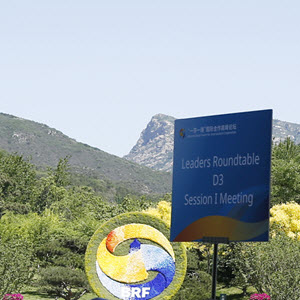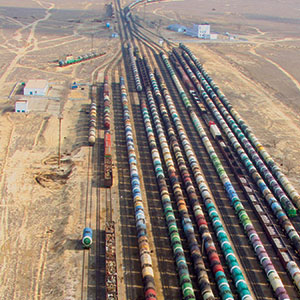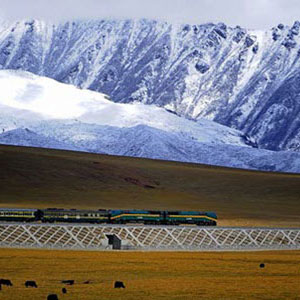Contact
China's Belt and Road Initiative
Political and Strategic Implications of a Chinese-led Regional Infrastructure
This project provides a comprehensive assessment of the Belt and Road Initiative that will link China with Europe through Eurasia. The project is led by Nadège Rolland, Senior Fellow at NBR, who also serves as the project’s principal investigator.
Made possible by the generous support of the Smith Richardson Foundation, this project has yielded a final monograph that assesses the political and strategic implications of China’s Belt and Road Initiative for Asia, Europe, and the United States. The monograph findings draw on the work of Chinese officials and analytic communities, as well as on Ms. Rolland’s field research in China.
The Issue
The Silk Road Economic Belt, first announced by Chinese President Xi Jinping during his September 2013 trip to Kazakhstan, envisions a network of roads and railways, together with a parallel network of pipelines, fiber-optic cables, and telecommunication links, connecting China to Europe via Central Asia, Iran, Turkey, the Balkans, and the Caucasus across the 11,000-kilometer-long Eurasian continent. While the “belt” links Eurasia to China by land, the 21st Century Maritime Silk Road will comprise a string of ports connecting China with Southeast Asia, South Asia, Africa, the Middle East, and Europe through the South China Sea, the Indian Ocean, and the Mediterranean Sea. Chinese authorities see this transportation infrastructure, coupled with a large pipeline and telecommunication network, as a first step toward the creation of a Eurasian economic corridor that will integrate the landlocked economies of the Central Asian hinterland and tie them more tightly to China.
China’s motivations for this extraordinarily ambitious project are numerous and complex, but mostly understudied. The Belt and Road Initiative’s geopolitical and strategic impacts are likely to be far-reaching, and yet Chinese authorities have so far downplayed them.
Project Objectives
- Describe the nuts and bolts of China’s Belt and Road Initiative and the evolution of the concept in Chinese strategic thinking
- Examine the internal and external drivers motivating China’s push for the Belt and Road Initiative from an economic, political, and strategic standpoint
- Analyze how Beijing intends to respond to potential obstacles and challenges
- Explore the implications for U.S. interests and how Washington should adjust its policy approach in light of China’s intentions






